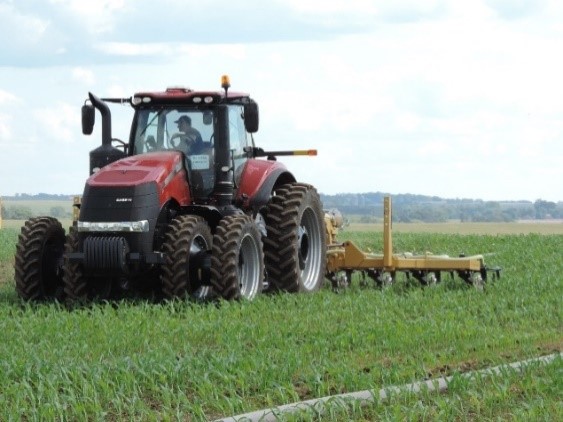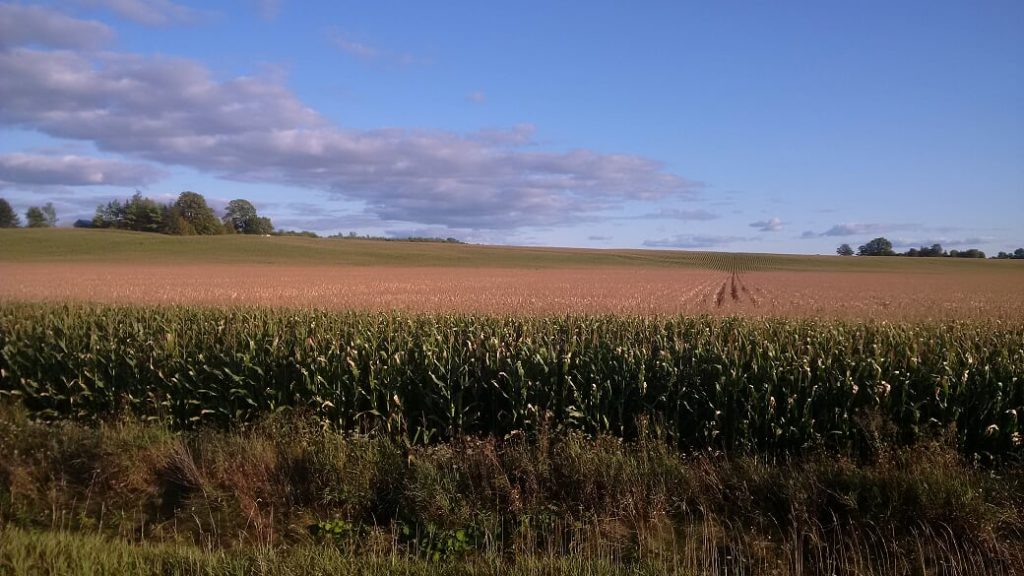2021 Corn Seasonal Summary

Planting In March 2021 Statistics Canada estimated Ontario farmers intended to plant 2.2 million acres of grain corn, 3% higher than the 5-year (2016-2020) average seeded acres of 2.14 million acres (OMAFRA Crop Statistics). Spring 2021 provided a great start for planting. While April generally remained cool, lack of rainfall provided excellent soil conditions with […]









